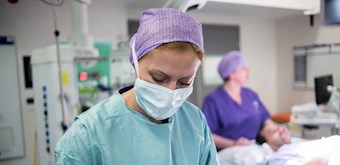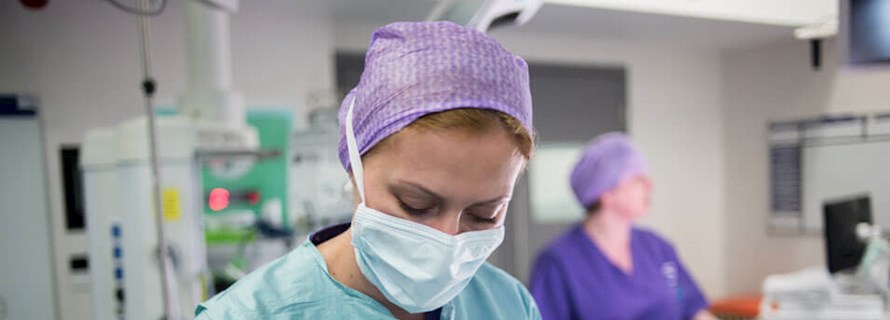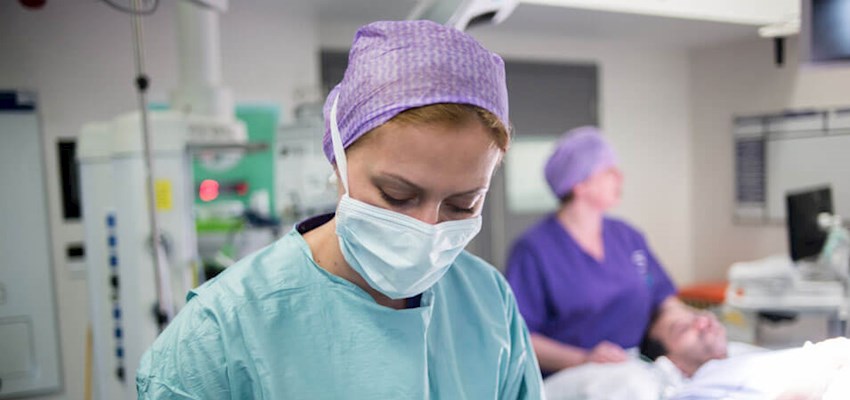Postural Orthostatic Tachycardia Syndrome (POTS)
POT syndrome
A condition affecting the blood pressure control system that causes an increase in heart rate when you stand
About POTS
Postural tachycardia syndrome (POTS) is a relatively uncommon condition affecting the blood pressure control system (the autonomic nervous system). It usually causes dizziness and fainting, and is most common in younger women. Over the last 10 years, we've developed expertise in this condition, its diagnosis and management.
Need to know
-
Symptoms of postural tachycardia syndrome (POTS) icon plus
This condition can produce a range of symptoms including:
- fatigue
- dizziness and fainting
- palpitations
- breathlessness
- chest pain
- irritable bowel-type symptoms
- headaches
- disturbed sleep patterns
-
Diagnosis icon plus
You may have a range of different tests to diagnose POTS and rule out other conditions, including:
- a tilt-table test
- an active stand test
- an echocardiogram
- an electrocardiogram (ECG)
- heart rate monitoring
- exercise testing
- blood tests
-
Potential treatment options icon plus
We work with a range of experts to treat all aspects of POTS. The management of this condition is complex, so we take a holistic approach to treatment. Lifestyle changes, such as increasing salt in the diet and drinking more fluids, can help to manage symptoms. Physical therapy and exercise can also help to relieve symptoms. Sometimes medication may be needed. Your consultant will discuss your options as treatment will vary for everybody depending on your symptoms.
Our consultants
We're proud to work with leading experts across a range of medical fields, whose skills are matched by their integrity and compassion.




Our facilities
From complex cardiothoracic surgery to tests and diagnostic procedures, we provide exceptional cardiac care across our network of hospitals, outpatient centres and specialist clinics.
This content is intended for general information only and does not replace the need for personal advice from a qualified health professional.